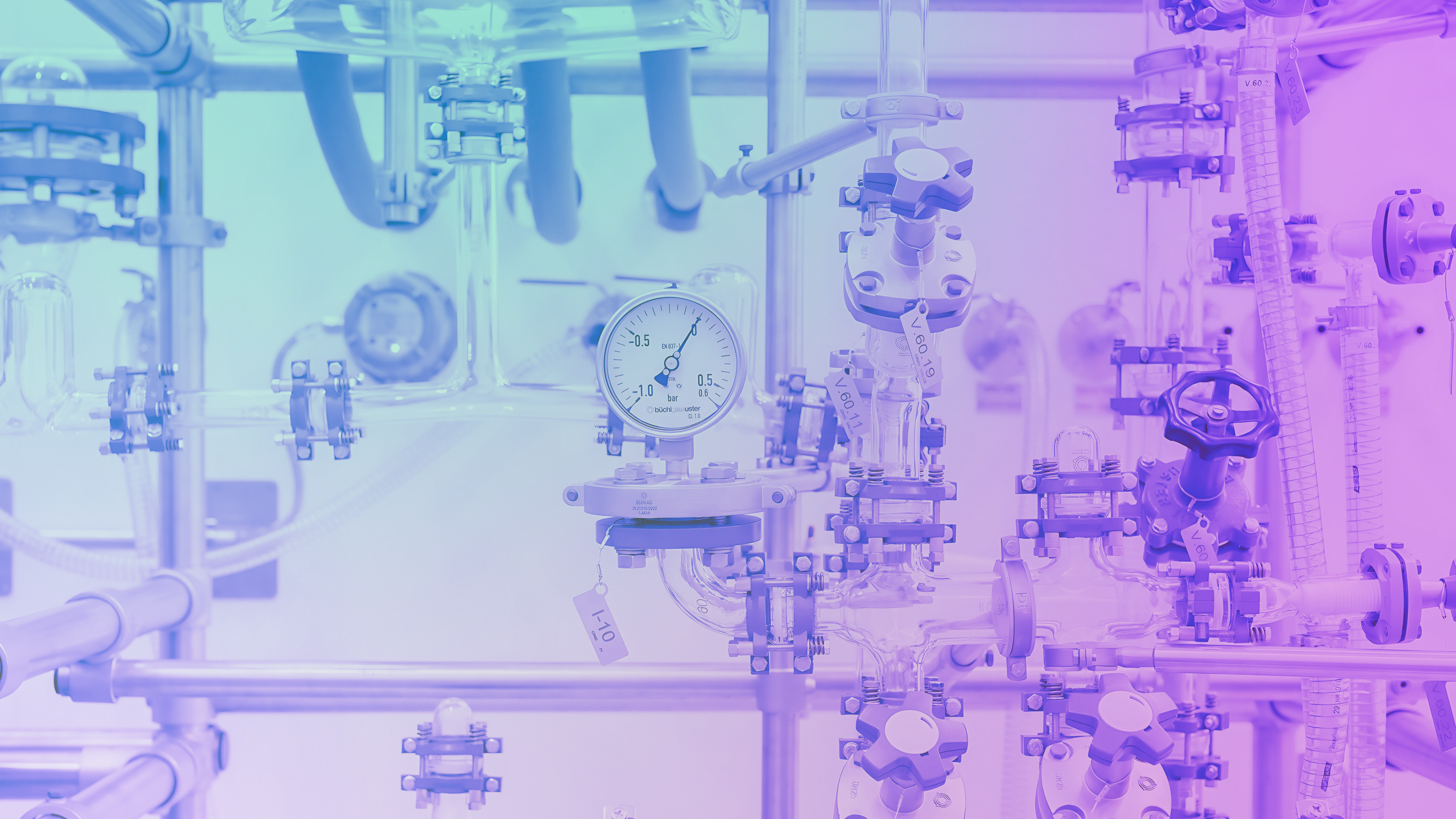Process Performance Qualification (PPQ) is a critical part of the pharmaceutical manufacturing validation lifecycle, especially for excipients used in formulating drug substances and drug products. In this day in age, Excipients can be thought of as both active and inactive ingredients. As such, Excipients can significantly affect the drug’s safety, efficacy, and quality. When a pharmaceutical company and their Contract Development and Manufacturing Organization (CDMO) partners gear up for PPQ batches, they need to ensure that the manufacturing process consistently produces products that meet the established quality criteria (i.e., specifications) at the commercial scale. Do not forget, what is submitted in the regulatory filing will be verified at the manufacturing site by the Regulatory Authority (RA) during a Pre-Approval Inspection (PAI), a critical step for regulatory approval and GMP compliance.
In this new episode of Nano Talks, we present a brief overview of the major requirements and considerations for planning and executing PPQ for Excipients.
1. Protocol Development
Like all validation activities, documentation is key. A protocol is developed to define the objective criteria for a successful PPQ. Generally speaking, the standard goal is to successfully manufacture and release 3 consecutive batches at the commercial scale. The protocol will outline the number of PPQ batches and what to do if additional batches are needed. Most importantly, the protocol will specify the critical process parameters (CPPs), which are documented in the associated batch records, as well as the critical quality attributes of the excipient. To drive the analytical activities, the protocol will contain detailed sampling plans, necessary in-process controls, and the associated analytical and microbial testing procedures.
2. Facility and Equipment Qualification
The manufacturing site must meet all cGMP standards. Appropriate quality systems must be in place, with appropriate environmental controls and personnel training. All equipment and instrumentation that is used in the manufacture of the Excipient must pass IQ, OQ, and PQ protocols. The site will officially be GMP-qualified after the regulatory authority, such as the FDA, conducts a Pre-Approval Inspection (PAI). Ensuring compliance with regulatory guidelines is essential for successful regulatory approval.
That is why it is important that audits of the CDMO are conducted by quality professionals throughout the development of the material, because the FDA will not come inspect a manufacturing facility at the earlier stages of clinical trials.
3. Analytical Method Validation
The analytical methods are selected, firstly, because they are appropriate for determining the CQAs of the Excipient. They are then ensured to be repeatable. At the pre-clinical phase, analytical methods are developed. During Phase 1 and Phase 2, the testing methods are qualified. During Phase 3, all analytical methods must undergo analytical method validation to ensure accuracy, precision, and robustness. This process is fundamental to meeting regulatory approval requirements and achieving GMP compliance for excipients used in pharmaceutical manufacturing.
4. Batch Manufacturing and Control
It is imperative that the batch records used in manufacturing are approved and followed. The batch record should specify all of the required commercial-grade equipment, raw materials, and necessary steps to manufacture the Excipient. This includes how to monitor the CPPs and CQAs so that the CDMO can prove that they operate the manufacturing process in a state of control. How do you accomplish this? Collect comprehensive data on process performance, quality attributes, and test results. Then, use statistical tools to analyze variability and confirm process consistency.
5. Deviation Management and Change Control
In manufacturing, nothing is perfect. Nothing will cause an auditor to become more suspicious than when a CDMO says that they have zero deviations to report from their PPQ runs. No one is perfect, and that is ok. What matters is that deviations from manufacturing and testing procedures can be identified and assessed for risk to product quality and patient safety. A well documented change control system is essential for GMP compliance and regulatory audits.
After a preliminary risk assessment, the quality group will determine if a full investigation is required to assess the root cause of the deviation and further assess the impact of the deviation on the material. Similarly, any changes to the process or materials should be assessed and the impact of the changes on the Excipient’s quality must be documented. If the changes are substantial enough, requalification of the process may be needed.
6. PPQ Report
Lastly, a Process Performance Qualification (PPQ) report will be generated to close out the PPQ protocol. This document is a critical part of the process validation strategy and will be reviewed during regulatory audits to ensure GMP compliance. This report will include a summary of the entire PPQ exercise, including data analysis, deviations, and justifications for batch approval/rejection. This report will hopefully conclude with the determination that the process is capable of consistently producing products meeting quality specifications. The PPQ data will be included in the regulatory submission, and the RA auditors will review PPQ documentation and process validation practices when they visit the manufacturing site for their PAI.
Conclusion
Process Performance Qualification (PPQ) is a cornerstone of pharmaceutical manufacturing validation, ensuring that excipients meet regulatory and quality standards at a Commercial scale. Proper planning and execution of PPQ not only guarantee process consistency but also facilitate successful audits and regulatory compliance. The key to success lies in rigorous documentation, a proactive approach to deviation management, and solid statistical analysis to demonstrate process robustness. In the end, a well-executed PPQ is not just a requirement but a commitment to quality and patient safety.
Voice of the experts
"The success of a PPQ is not just measured by approved batches, but by the strength of the process and the confidence we build with regulatory authorities."
Daniel Morello , Senior Project Manager at Curapath
"It’s not about avoiding deviations at all costs, but about demonstrating that our quality system can identify, manage, and correctly investigate them in order to improve and control the process."
Silvia Stifano , QC Manager at Curapath
Are you ready for your PPQ campaign? If you need guidance, don’t hesitate to contact an expert to help you navigate this critical process with confidence.




.jpg)
